Use this comprehensive guide to assist you in developing effective nursing interventions for addressing caregiver role strain within the nursing care plan. By utilizing appropriate nursing diagnoses, you can tailor interventions to address the specific needs and challenges faced by caregivers, promoting their well-being and enhancing their ability to provide optimal care to their loved ones.
What is a Caregiver?
A caregiver is someone who gives support and helps another person in need, such as an ailing spouse or partner, a helpless child, or an aging relative. Yet, family members who are actively caring for an older adult usually don’t self-identify as “caregivers.” Delicately understanding this role can help caregivers receive the support they need.
Caregiver role strain represents the burden of caregiving on the physical and emotional health of the caregiver and its effects on the family and social system of the caregiver and care receiver. The core of this care plan is the supportive care provided by the family members, significant others, or caregivers accountable for meeting the physical/emotional needs of the client. With inadequate access to health care for many people, most diseases are diagnosed and managed in the outpatient setting and more caregiving is being provided by people who aren’t health care professionals.
Caregivers play a significant role in health. While caregiving can be rewarding and positive, many family caregivers experience significant physical, psychological, and financial stressors associated with their caregiving role. With this, they can be recognized as “secondary clients” at high risk for injury and adverse events. Nurses can aid caregivers by giving the requisite education and skill training, and offering support, providing empowerment and guidance in every activity that promotes their own health.
Causes
Worldwide, family caregivers provide most care for dependent persons of all ages whether living in developing countries or developed countries. The strain can profoundly influence factors that bond families. Causative factors related to caregiver role strain include the following:
- Increased client care needs
- Loss of caregiver’s independence
- Problematic client behavior
- Unpredictability of illness trajectory
- Unstable health status
- Competing role commitments
- Depressive symptoms
- Inadequate fulfillment of others’ and self-expectations
- Inadequate knowledge about community resources
- Inadequate psychological resilience
- Ineffective coping strategies
- Insufficient physical endurance
- Inexperience with caregiving
- Stressors
Signs and Symptoms
Caregiving has been recognized as an activity with perceived benefits and burdens. Caregivers may be prone to depression, grief, fatigue, and changes in social relationships. They may also experience physical health problems and fatigue (Sullivan, 2004).
- Fatigue
- Gastrointestinal issues
- Headache
- Hypertension
- Rash
- Reports altered sleep-wake cycle
- Weight changes
- Emotional lability
- Expressions of anger or frustration
- Insufficient time to meet personal needs
- Altered leisure activities, isolation
- Reports concern about family members
Goals and Outcomes
Balancing competing needs reflects the effort to maintain equilibrium between the caregiver’s and care receiver’s competing needs in daily life (Liu et al., 2021). Therefore, the nursing goals and outcomes for caregiver role strain aim to provide a balance in both the caregiver’s and care receiver’s lives.
- The caregiver will report a plan to decrease the caregiver’s burden.
- The caregiver will share frustrations regarding caregiving responsibilities.
- The caregiver will relate strategies to increase support.
- The caregiver will identify changes that would improve daily life if implemented.
Nursing Diagnosis
Nursing diagnoses for caregiver role strain are formulated based on thorough assessment and the nurse’s clinical judgment, tailored to each patient’s condition. While their use varies by setting, the nurse’s expertise shapes the care plan to prioritize patient needs. Here are examples of common nursing diagnoses for caregiver role strain:
- Caregiver Role Strain related to lack of knowledge and experience in caregiving responsibilities as evidenced by caregiver reports of feeling overwhelmed, confusion over care tasks, and verbal expressions of inadequate support.
- Caregiver Role Strain related to continuous physical demands of caregiving tasks as evidenced by caregiver’s reports of fatigue, physical discomfort, and difficulty in balancing caregiving with self-care.
- Caregiver Role Strain related to emotional stress and anxiety due to patient’s progressive illness as evidenced by expressions of fear and worry, emotional exhaustion, and signs of depression or irritability in the caregiver.
- Caregiver Role Strain related to financial stress from caregiving demand as evidenced by concerns over healthcare costs, caregiver’s statements about financial burdens, and inability to meet other financial commitments.
- Caregiver Role Strain related to feelings of inadequacy in managing patient’s complex care needs as evidenced by caregiver’s expressions of self-doubt, lack of confidence in caregiving skills, and visible anxiety over care decisions.
Nursing assessment
The nursing assessment for caregiver role strain includes acknowledging the difficulties of caregiving responsibilities, realizing the need to take care of self, and balancing their personal daily activities with their caregiving activities.
1. Ascertain the caregiver’s knowledge and ability to implement client care, including bathing, skin care, safety, nutrition, medications, and ambulation.
The information provides a starting point for educational sessions. Fundamental guidance may reduce the caregiver’s strain and enhance the relationship. In the U.S., “balancing” was described as a caregiving style where family caregivers tended to make efforts to balance competing needs. Caregivers who balanced wisely used environmental controls (e.g. baby monitors) to supervise the care receiver while working in another room. These family caregivers maintained balance by using strategies to prevent problematic situations with the care receiver while dealing with competing needs (Liu et al., 2017).
2. Assess the caregiver–care recipient relationship.
Mutually satisfying relationships promote a therapeutic caregiving experience. Dysfunctional relationships can result in ineffective, fragmented care or even lead to neglect or abuse. Explore with the caregiver the history and quality of their relationship with their family members and how they feel about being a caregiver. They may have anxieties about their abilities or fear related to the future. Some may feel anger toward the person and other family members about not receiving help with daily responsibilities. These findings may put a strain on the family’s relationships and roles.
3. Evaluate the family communication pattern.
Open dialogue in the family builds a positive environment, whereas concealing feelings creates problems for the caregiver and care recipient. The burden of caregiving can be reduced by good communication with providers and other family members, the assistance and support of an interdisciplinary team, and educational programs.
4. Assess the family resources and support systems.
Family and social support are positively associated with coping effectiveness. Some cultures are more accepting of this responsibility. However, factors such as blended family units, aging parents, geographical distances between family members, and limited financial resources may hinder coping effectiveness. Older adult caregivers are highly strained caregivers compared to younger caregivers. A study reported that older adult caregivers are more vulnerable because caregiving demands may stress their physical abilities and compromise their immune response.
Evaluate the caregiver’s physical and mental health status that can affect caregiving.
Even if fully driven to fulfill the role of caregiver, the person may have physical impairments (e.g., vision problems, musculoskeletal weakness, limited upper body strength) or cognitive impairments that influence the quality of caregiving activities. Due to the demands on their time, caregivers may be less likely to attend to their preventive health behaviors, such as screening for cancer. They may be at increased risk for medication use. Dementia caregivers report more stress and depression than other caregivers.
5. Assess for neglect and abuse of the care recipient.
Safe and appropriate care is a priority nursing concern. The nurse must remain a client advocate to prevent injury to the care recipient and strain on the caregiver. A British study, examining abusive behavior by caregivers of individuals with dementia, found that anxious and depressed caregivers engaged in more abuse than other caregivers of individuals with dementia. These investigators also found that abuse was mediated by dysfunctional coping strategies and higher caregiver burden defined as physical, psychological, social, and financial demands of caring for someone (Kohn & Verhoek-Oftedahl, 2011).
6. Evaluate the caregiver’s appraisal of the caregiving situation, the level of understanding, and the willingness to assume the caregiver role.
Caregivers must have a realistic perspective of the situation and the scope of responsibility. Individual responses to caregiving situations are mediated by an appraisal of the personal meaning of the situation. For some, caregiving is viewed as “a duty”; for others, it may be an act of love. Assessing the caregiver’s self-perceived sense of balance may help identify caregivers at high risk for role strain and depressive symptoms (Liu et al., 2017).
7. Assess for contributing or causative factors.
The nurse should encourage the caregiver to learn as much as they can about the family member’s illness and about how to be a caregiver. The caregiver should also be encouraged to do as much as they can. This will promote their self-esteem and some independence. However, the caregiver must know their limits and become realistic about how much of their time they can give. Setting clear limits and communicating these clearly helps create boundaries for the caregiver’s own well-being.
8. Assess the effects of providing care on the caregiver’s emotional health regularly.
The impact of providing care on the caregiver’s emotional health should be assessed at regular intervals using a reliable and valid instrument such as the Caregiver Strain Risk Index, which was validated by caregivers of clients with diagnosed Parkinson disease. Family caregivers face potential strain in caring for persons with Parkinson disease because of the unpredictability of symptom presentation. The Caregiver Strain Risk Screen (CSRS) was developed and tested for initial validation. The 28-item CSRS demonstrated acceptable validity and reliability in measuring caregiver strain (Ladwig et al., 2017).
Nursing Interventions
Interventions to enhance the caregiver’s perceived sense of balance may provide a strategy for reducing negative caregiving outcomes. The following are the therapeutic nursing interventions :
1. Encourage the involvement of other family members to relieve pressure on the primary caregiver.
Caring for a family member can be a mutually rewarding and satisfying family experience. However, typical family sizes become smaller because of postponing having children until later in life, future generations will have fewer nuclear family members to provide assistance. There is an increase in knowledge with a secure support system that promotes confidence and comfort to perform tasks, further contributing to optimal client outcomes. (Zarezadeh, 2021)
2. Tell the caregiver to set aside time for themself. Aid the caregiver in identifying those that bring them peace and relaxation.
Caregivers may need reminders to attend to their own physical and emotional needs. This helps conserve physical and emotional energy. The caregiver may initiate phone contacts or visits with friends or relatives rather than waiting for others to do it. Caregivers must maintain their own health to be successful in coping with caregiving responsibilities.
3. Introduce stress-reducing methods to the caregiver.
It is important that the caregiver has the opportunity to relax and reenergize emotionally throughout the day to assume care responsibilities. The caregiver may engage in effective stress management such as yoga, relaxation training, or creative arts. Studies described the need to decrease caregiver stress to promote overall caregiver health and well-being. These same studies identified stress and distress as key barriers to engaging in self-care practices. A study reported caregivers seek leisure time to reduce stress and foster emotional well-being. Two studies highlighted the need for training to build resilience and reduce stress and fatigue associated with the caregiver role, including time to engage in spiritual activities (Sabo & Chin, 2021).
4. Allow caregivers to participate in support groups.
Groups that come together for mutual support can be advantageous in providing education and anticipatory guidance. Studies highlighted social support as a significant caregiver self-care need. These studies discussed the need for social support to mitigate the increasing social isolation and lack of a social network experienced by caregivers. Participants reported that social support facilitates engagement in self-care practices and promotes caregiver health. It was also discovered that caregivers sought time to socialize through letters, phone, email, and in-person visits, and they also found the need for social support in the form of caregiver support groups and social media (Sabo & Chin, 2021).
5. Allot time for the caregiver to discuss problems, concerns, and feelings. Ask the caregiver how they are managing.
Nurses are in an excellent position to give emotional support and provide guidance throughout this challenging situation. Allow the caregiver to express their feelings and emphasize the difficulties of the caregiving responsibilities. A study reported that burnout in caregivers was related to emotional exhaustion and a low sense of accomplishment. Sharing their personal positive aspects as personal gratification, social approval, and giving back to a parent can add clarity and meaning, which may mediate the burdens of caregiving.
6. Encourage the caregiver to know available family and friends who can assist with caregiving.
Successful caregiving should not be the sole responsibility of one person. It is sometimes difficult for caregivers to ask for help. Caregivers may know they need it, but don’t ask. Rather than being a burden, allowing people to help is a gift a caregiver gives to others. It is often helpful to make a list of chores, activities, and obligations that other members of the family or friends can easily do so that the primary caregiver can rest, sleep, and take care of themselves (Moffitt Cancer Center, 2012).
7. Recommend the use of available community resources such as respite, home health care, adult day care, geriatric care, housekeeping services, home health aides, Meals On Wheels, companion services, and others, as appropriate.
Resources grant opportunities for multiple competent providers and services on a temporary basis or for a more extended period. To address both the physical and psychological strain experienced by caregivers, options for respite care should be understood by families, including in-home respite, community-based respite programs, and, for more medically complex clients, transitional hospitals. The ARCH National Respite Network and Resources Center has a national respite locator service as well as state resources map to help families identify funding sources and respite providers in their area (Pilapil et al., 2017).
8. Provide safe and effective alternatives to medication.
This is necessary when the use of medication is inappropriate due to side effects, the risk of drug interactions, or a lack of evidence of their effectiveness in treating the problem. Stress the importance of daily health promotion activities such as rest-exercise balance, a low-fat, high-complex carbohydrate diet, maintaining a good sense of humor, or associating with others who laugh.
Assist in informational and referrals for caregiver support
9. While caregiving can be physically, psychologically, and economically stressful, critical support can help to reduce the burden of family caregiving. The following resources can help to promote the health and well-being of family caregivers:
9.1. Perform an assessment of the caregiver.
This is to evaluate the needs of family caregivers, develop a support plan, and make appropriate referrals. It is critical that healthcare providers screen for caregiver strain and be familiar with resources available to support and thus reduce the burden on families. Identified predictors include family composition, care setting for the child, and caregiver-reported ease of accessing and navigating the healthcare system (Pilapil et al., 2017).
9.2. Provide caregiver education and counseling.
This helps identify available resources and make appropriate decisions regarding the care recipient. A caregiver-oriented intervention program containing a component to enhance caregivers’ perceived sense of balance between competing needs benefited family caregivers during the transition from hospital to home care. Participating in this program enhanced not only the family caregiver’s preparation for caregiving and satisfied their discharge needs one month after discharge, but also improved the quality of family caregiving and decreased the care receiver’s institutionalization over the 12 months after discharge (Liu et al., 2017).
9.3. Refer to respite care.
Respite care provides temporary relief from the ongoing responsibility of caring for an individual with special needs, or who may be at risk of abuse or neglect. In-home respite is provided by private or publicly-funded home health aides, depending upon the financial status of the family. It may additionally be offered by volunteer services or friends and family members (Pilapil et al., 2017).
9.4. Refer to individual and group therapy
This aids family caregivers in their management of stress and the burden of caregiving and the balance between work and family. Studies reveal that significant results were seen in reducing psychological distress and burden through psychosocial, educational, and psychoeducational interventions, thereby improving self-efficacy, confidence, and competence. Psychosocial interventions included strategies to mitigate stress and burn-out, while education honed enhanced caregiver knowledge and preparedness through tips and symptom management (Zarezadeh, 2021).
9.5. Refer to facilities providing financial support services.
This can help alleviate the economic burden of family caregiving. Families with youth who has special needs may be eligible for financial support through Supplemental Security Income (SSI). SSI is a Federal income supplement program funded by general tax revenues that provide cash to meet basic needs for food, clothing, and shelter for eligible children and families. To plan for future financial security, families should also be made aware of Social Security Disability Insurance (SSDI). SSDI is a benefit paid to an individual and certain members of their family if the individual has worked for an adequate length of time and has paid Social Security taxes (Pilapil et al., 2017).
9.6. Refer to additional support services.
Resources such as adult day care, home-delivered meals, and home health care ease the burden of family caregiving. Community-based respite most commonly takes the form of medical daycare services and can either be paid for directly by families, or can be publicly funded for lower-income families. Transitional hospitals have programs and staff that are focused on the long-term needs of the client and family, rather than on traditional acute-care hospital services (Pilapil et al., 2017).
In the US, additional caregiver support services are available here.
Promote insight into caregiving situation
10. Allow the care recipient to show gratitude for the care given.
Feeling appreciated decreases feelings of strain. Expressions of gratitude from care receivers to caregivers may contribute to building a good relationship between families, which can alleviate the caregiver burden. It is known that a high frequency of expressing gratitude from partners or spouses can ease anxiety and increase satisfaction. Additionally, a prior study has found that the expression of gratitude not only strengthens the relationship between two individuals but also with a third party, who witnessed the expression of gratitude (Otobe et al., 2021).
11. Acknowledge to the caregiver their role and its value.
Caregivers have identified how valuable it is to feel appreciated for their efforts. Caregivers who received a high frequency of gratitude were able to understand the disabled condition the care receivers were in and likely would not feel caregiver burden more than caregivers who received a low frequency of gratitude. In addition, family members might also become tolerant and cooperative toward care receivers, thereby also reducing the main caregiver’s burden (Otobe et al., 2021).
12. Demonstrate necessary caregiving skills.
Increased knowledge and skills increase the caregiver’s confidence and decrease strain. It is possible that not receiving the training needed to perform medical/nursing tasks may affect a caregiver’s confidence and increase the burden. Although training alone does not guarantee competence, it may improve actual skills as well as perceived confidence in handling caregiving responsibilities (Mollica et al., 2017).
13. Give information on the disease process and management approach.
Specific information improves understanding of the care recipient’s condition and behavior. The importance of the caregiving role is reflected in the new state-based legislation under Caregiver, Advise, Record, and Enable (CARE) Act. The CARE Act requires hospitals to ascertain/record the identity of a family caregiver in the medical record of the recipient and to alert and involve caregivers in discharge planning (Mollica et al., 2017).
14. Introduce the caregiver to a social worker for referral for community resources/financial aid, if necessary.
Grants or special funds can sometimes be used to assist with physical needs. The Cash and Counseling Demonstration and Evaluation allowed family caregivers to use a cash allowance to purchase not only in-home care and support but also assistive devices or other options (Liu et al., 2017).
15. Increase family caregivers’ knowledge of effective and safe caregiving strategies and improve their emotional coping skills.
This is necessary in order to reduce or prevent stress-related problems and enhance their quality of life. Studies found that increased stress leads to decreased self-care among caregivers and that caregivers required close monitoring by home care programs to ensure the adoption of effective coping strategies and self-care. Multiple studies reported that caregivers utilized home maintenance and passive activities such as reading, listening to music, or watching television as a form of self-care and coping strategy. Some employed meditation, spirituality, and faith to effectively cope with the demands of the role and preserve self-care (Sabo & Chin, 2021).
16. Encourage engagement in physical activities.
Caregivers reported physical activity as an important self-care need. One study found the lowest practiced self-care activity to be physical activity, while two studies reported a lack of time prevented engagement in physical activity. Caregivers also explained that caregiving requires a certain level of physical strength and stamina to effectively fulfill the role. This highlights the caregivers’ perceived importance of engaging in routine physical activity to maintain their health and wellness (Sabo & Chin, 2021).
17. Promote the concept of the caregiver’s legacy.
Despite the many demands and difficulties of the role, caregivers can strive to link positive meaning in the experience. Reminiscing about the meaningful contributions their loved one made to their relationship and life distracts the caregiver from who the ailing care recipient has become. A study reported caregivers using reminiscing as a self-care intervention are provided respite and a means for processing anticipatory grief (Sabo & Chin, 2021).
18. Promote the consumption of healthy meals daily.
Fruits, vegetables, whole grains, and plenty of water are a great way to start. The caregiver may have favorite foods that they can use as comfort food during stressful times. Instruct the caregiver to prepare extra portions and place them into containers to freeze for a quick meal. Provide information about Meals on Wheels and other programs that provide healthy meals at a small charge delivered to the caregiver’s home (UW Health, 2020).
19. Encourage the caregiver to keep organized lists and information for easy access.
Assist the caregiver in writing down their daily routine. The list may be done in order of importance. Let the caregiver know that it is okay to change their priorities when something out of control occurs. Being organized allows the caregiver to have easy access to the client’s health records and makes sure that they are in order. The caregiver should also have a list of phone numbers, medicines, and other important information organized (UW Health, 2020).
20. If the caregiver seems overly anxious or distraught, gently point out facts about the care recipient’s mental and physical condition.
Many times, especially when the care recipient is a family member, the caregiver’s perspective is clouded by a long history of emotional involvement. The nurse’s input may help the caregiver view the situation more objectively. If the nurse believes that excessive emotional involvement is hindering the caregiver’s ability to function, consider recommending Codependents Anonymous, a support group for people whose preoccupation with a relationship leads to chronic suffering and diminished effectiveness to provide support (Ralph & Taylor, 2011).
21. Role-play how to ask for help with activities.
Skill-building interventions improve optimism and success in providing care. For example, provide suggestions about what the caregiver may say when asking for help, “I have three appointments this week, could you drive me?” or “I could watch your children once or twice a week in exchange for you watching my husband.” Discuss with the caregiver how most people feel good when they provide a “little help”. The number of people in a household influences how many secondary, informal caregivers assist the primary caregiver. Spouse primary caregivers are less likely to have secondary caregivers to help them with care activities. Older people cared for by spouses received about 15 to 20% fewer person-days of help than those cared for by adult children (Carpenito, 2013).
22. Encourage spirituality as a source of support for coping.
Many Blacks and Latinos identify spirituality, religiousness, prayer, and church-based approaches as coping resources. Socioeconomic status, geographical location, and risks associated with health-seeking behavior all influence the likelihood that clients will seek healthcare and modify health behaviors.
Recommended Resources
Recommended nursing diagnosis and nursing care plan books and resources.
Disclosure: Included below are affiliate links from Amazon at no additional cost from you. We may earn a small commission from your purchase. For more information, check out our privacy policy.
Ackley and Ladwig’s Nursing Diagnosis Handbook: An Evidence-Based Guide to Planning Care
We love this book because of its evidence-based approach to nursing interventions. This care plan handbook uses an easy, three-step system to guide you through client assessment, nursing diagnosis, and care planning. Includes step-by-step instructions showing how to implement care and evaluate outcomes, and help you build skills in diagnostic reasoning and critical thinking.

Nursing Care Plans – Nursing Diagnosis & Intervention (10th Edition)
Includes over two hundred care plans that reflect the most recent evidence-based guidelines. New to this edition are ICNP diagnoses, care plans on LGBTQ health issues, and on electrolytes and acid-base balance.

Nurse’s Pocket Guide: Diagnoses, Prioritized Interventions, and Rationales
Quick-reference tool includes all you need to identify the correct diagnoses for efficient patient care planning. The sixteenth edition includes the most recent nursing diagnoses and interventions and an alphabetized listing of nursing diagnoses covering more than 400 disorders.

Nursing Diagnosis Manual: Planning, Individualizing, and Documenting Client Care
Identify interventions to plan, individualize, and document care for more than 800 diseases and disorders. Only in the Nursing Diagnosis Manual will you find for each diagnosis subjectively and objectively – sample clinical applications, prioritized action/interventions with rationales – a documentation section, and much more!

All-in-One Nursing Care Planning Resource – E-Book: Medical-Surgical, Pediatric, Maternity, and Psychiatric-Mental Health
Includes over 100 care plans for medical-surgical, maternity/OB, pediatrics, and psychiatric and mental health. Interprofessional “patient problems” focus familiarizes you with how to speak to patients.

See also
Other recommended site resources for this nursing care plan:
- Nursing Care Plans (NCP): Ultimate Guide and Database MUST READ!
Over 150+ nursing care plans for different diseases and conditions. Includes our easy-to-follow guide on how to create nursing care plans from scratch. - Nursing Diagnosis Guide and List: All You Need to Know to Master Diagnosing
Our comprehensive guide on how to create and write diagnostic labels. Includes detailed nursing care plan guides for common nursing diagnostic labels.
References
Here are some references and resources you can use to further your research about caregiver role strain:
- Kohn, R., & Verhoek-Oftedahl, W. (2011). Caregiving and Elder Abuse – PMC. NCBI. Retrieved February 27, 2023, from
- Liu, H.-Y., Yang, C.-T., Wang, Y.-N., Hsu, W.-C., Huang, T.-H., Lin, Y.-E., Liu, C.-Y., & Shyu, Y.-I. L. (2017, August). Balancing competing needs mediates the association of caregiving demand with caregiver role strain and depressive symptoms of dementia caregivers: A cross-sectional study. Journal of Advanced Nursing, 73(12).
- Moffitt Cancer Center. (2012). Asking for Help: Meeting the Emotional Needs of Caregivers. Moffitt Cancer Center.
- Mollica, M. A., Litzelman, K., Rowland, J. H., & Kent, E. E. (2017, July). The role of medical/nursing skills training in caregiver confidence and burden: A CanCORS study. Cancer, 123(22).
- Otobe, Y., Suzuki, M., Kimura, Y., Koyama, S., Kojima, I., Ichikawa, T., Terao, Y., & Yamada, M. (2021, November-December). Relationship between expression of gratitude by home-based care receivers and caregiver burden among family caregivers. Archives of Gerontology and Geriatrics, 97.
- Pilapil, M., Coletti, D. J., Rabey, C., & DeLaet, D. (2017, August). Caring for the Caregiver: Supporting Families of Youth With Special Health Care Needs. Current Problems in Pediatric and Adolescent Health Care, 47(8), 190-199.
- Sabo, K., & Chin, E. (2021, March-April). Self-care needs and practices for the older adult caregiver: An integrative review. Geriatric Nursing, 42(2).
- Sullivan, T. (2004). Caregiver Strain Index (CSI). Medscape. Retrieved February 27, 2023, from
- Zarezadeh, S. (2021). Enhancing Role Preparedness for Cancer Patient Caregivers. ProQuest.
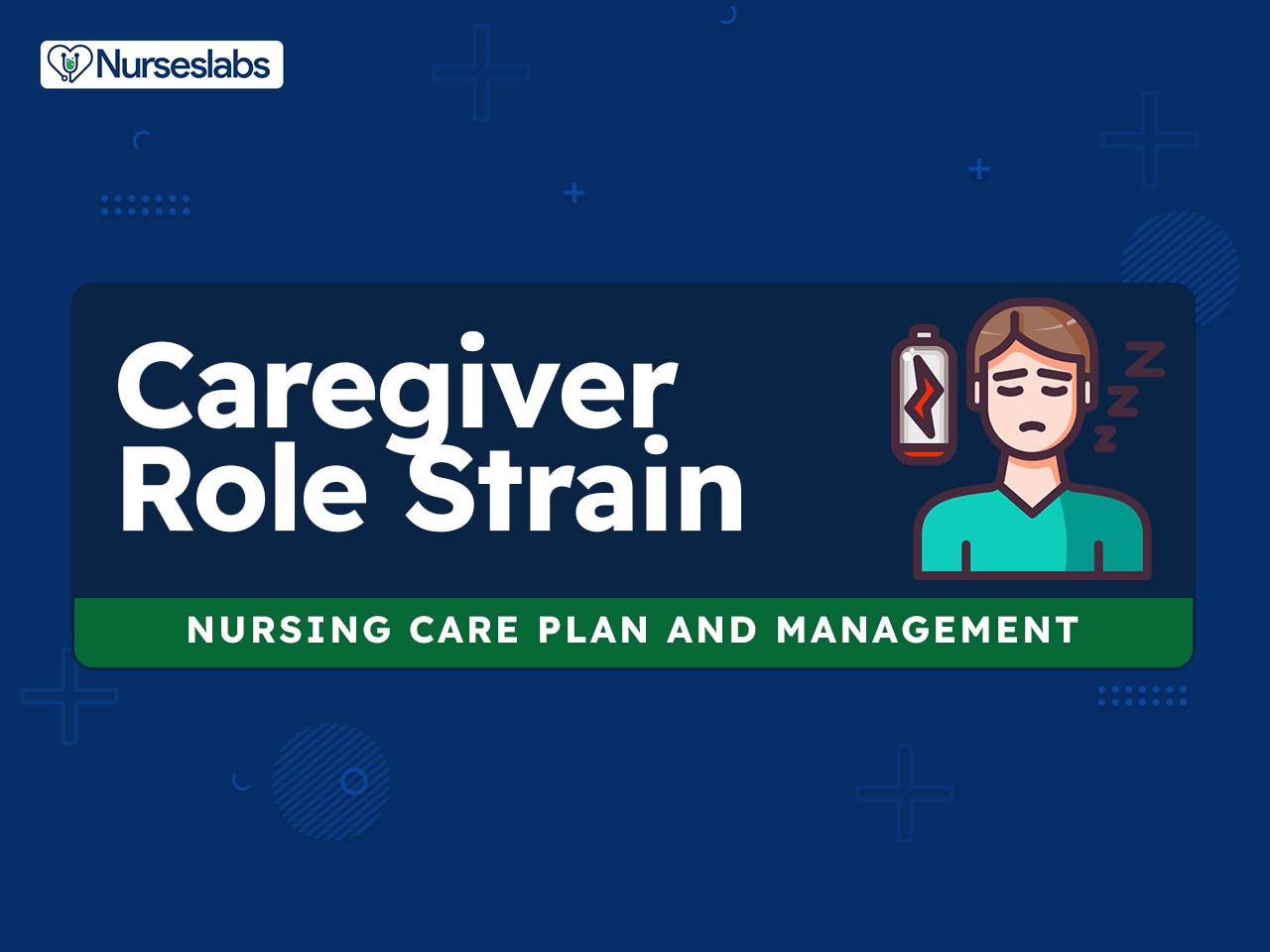
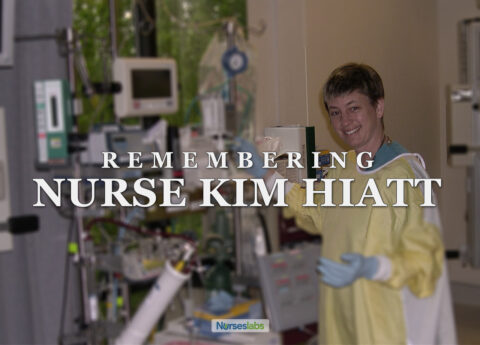

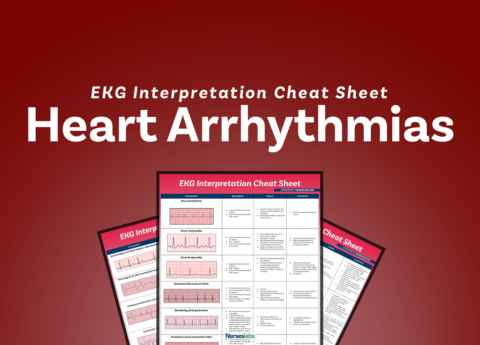
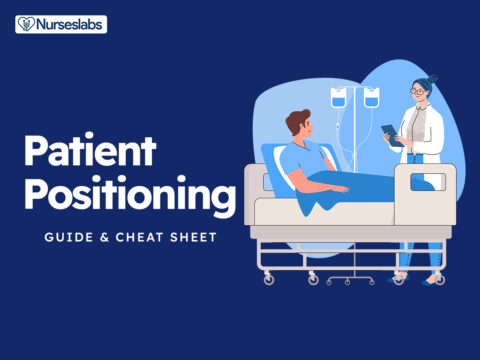











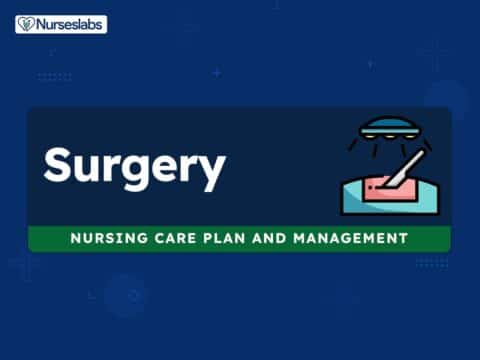

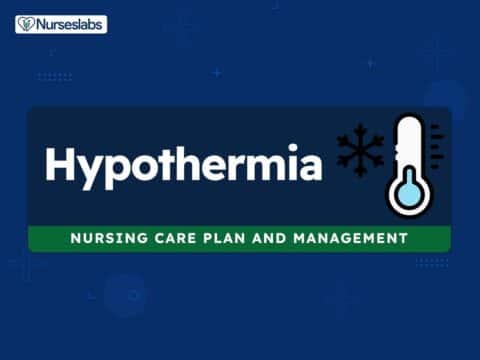
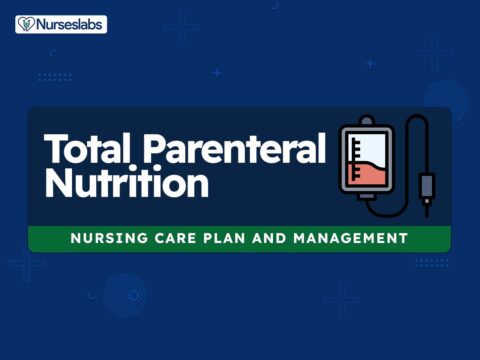
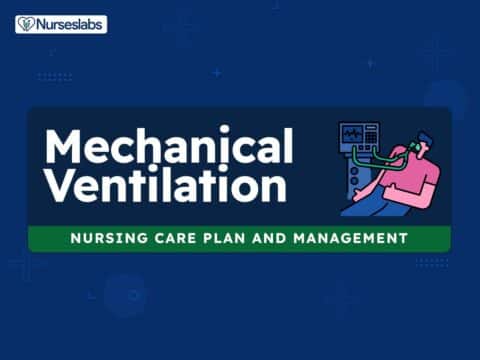
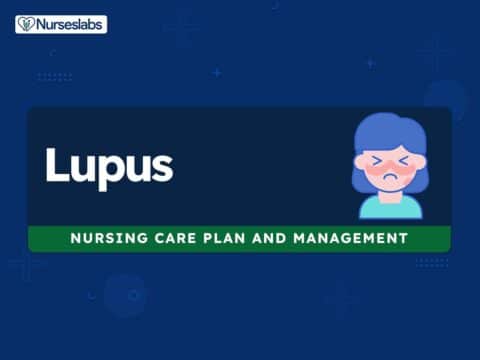
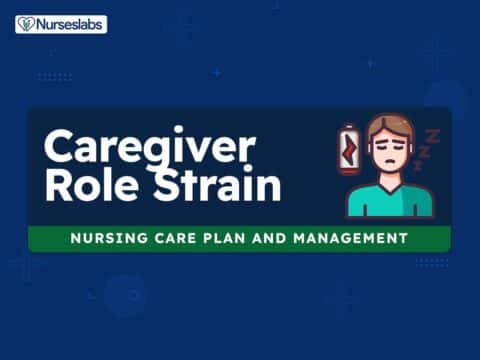
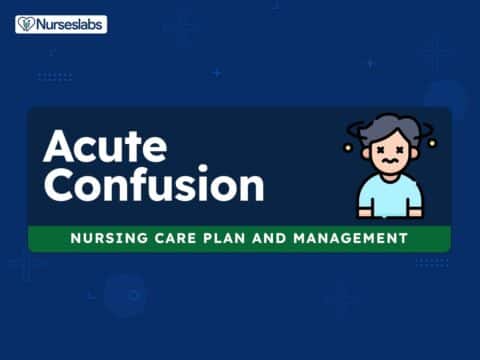
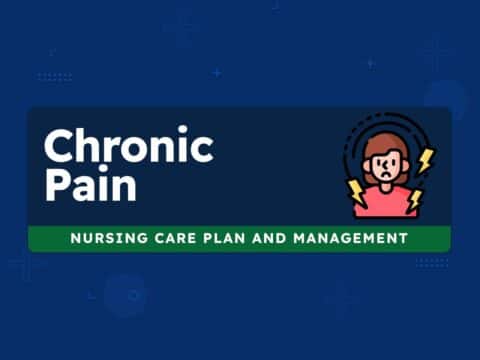
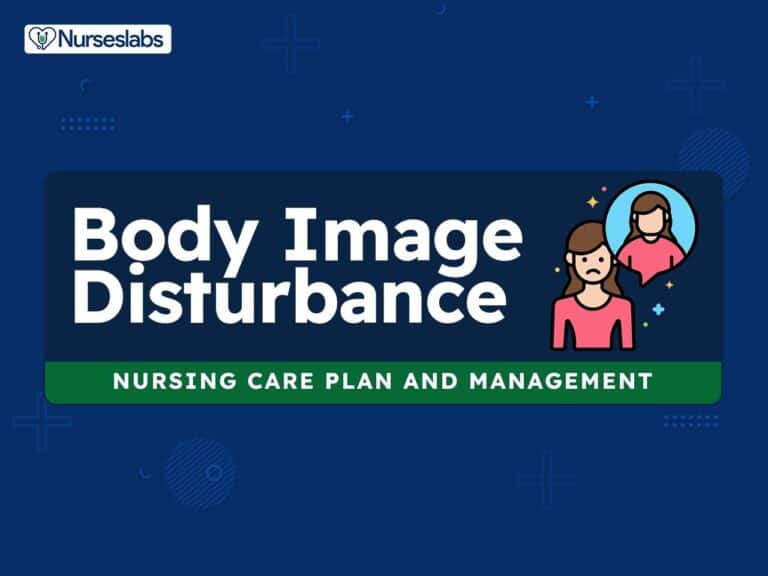

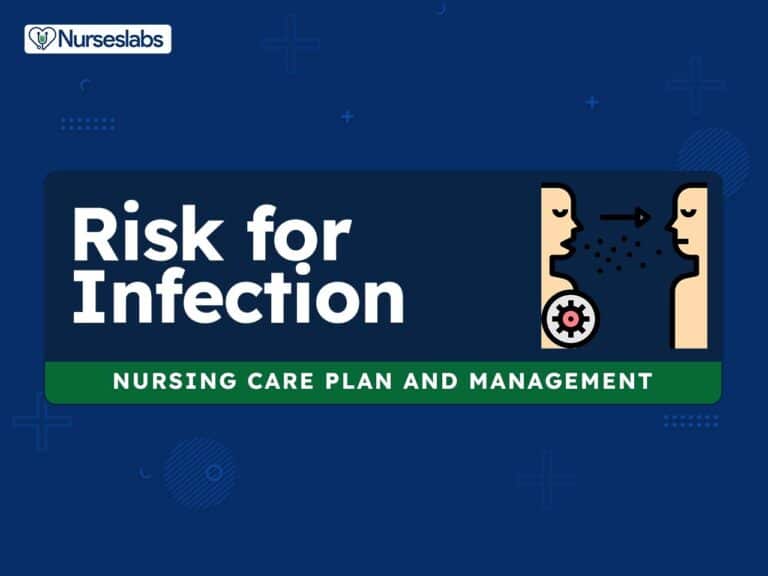

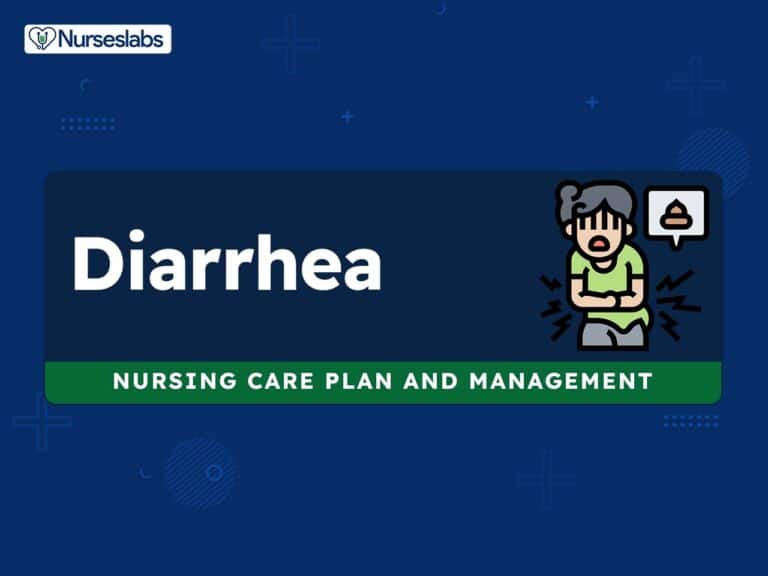
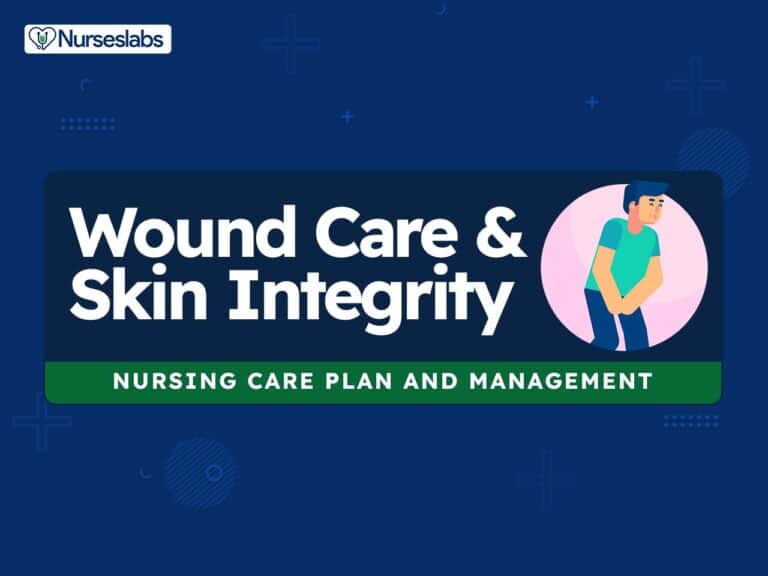
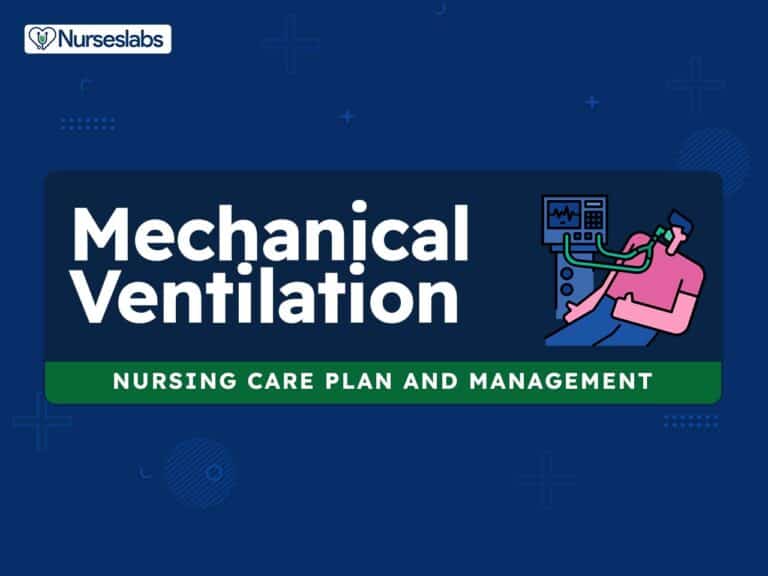
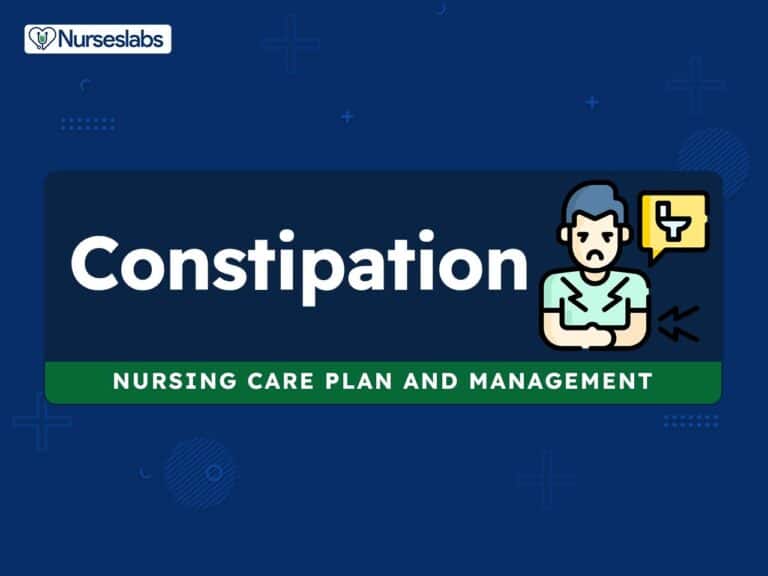

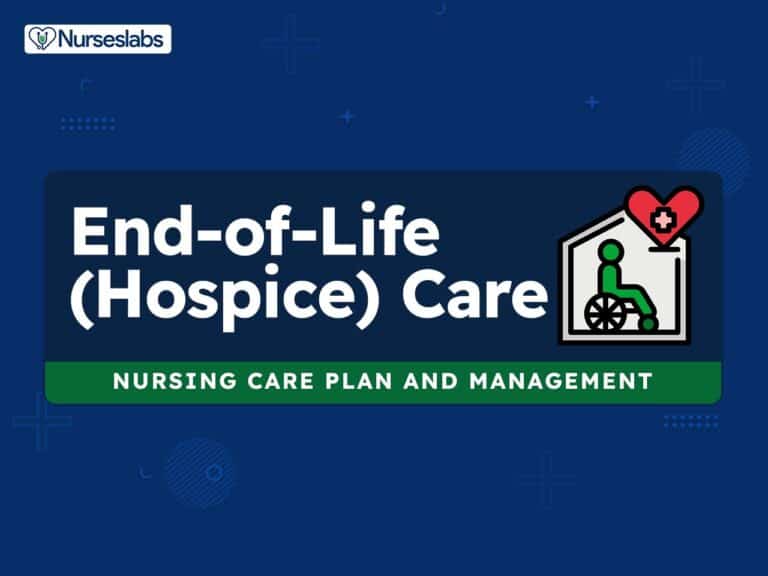
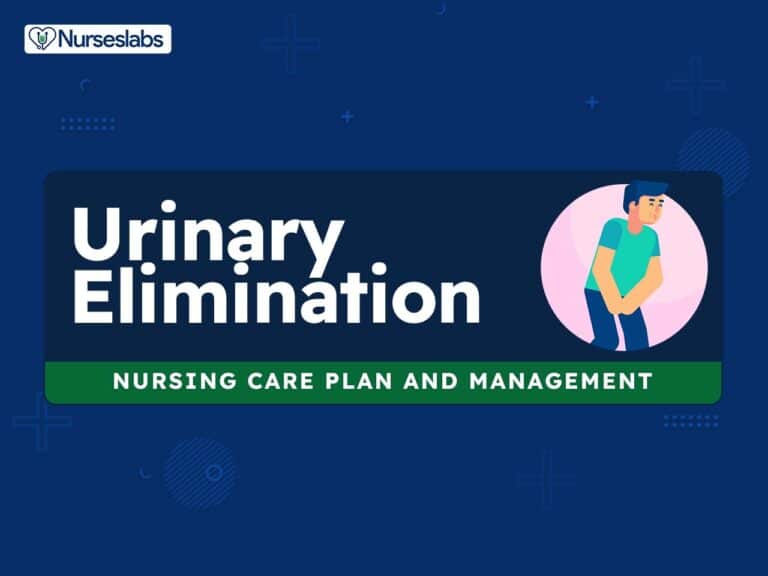
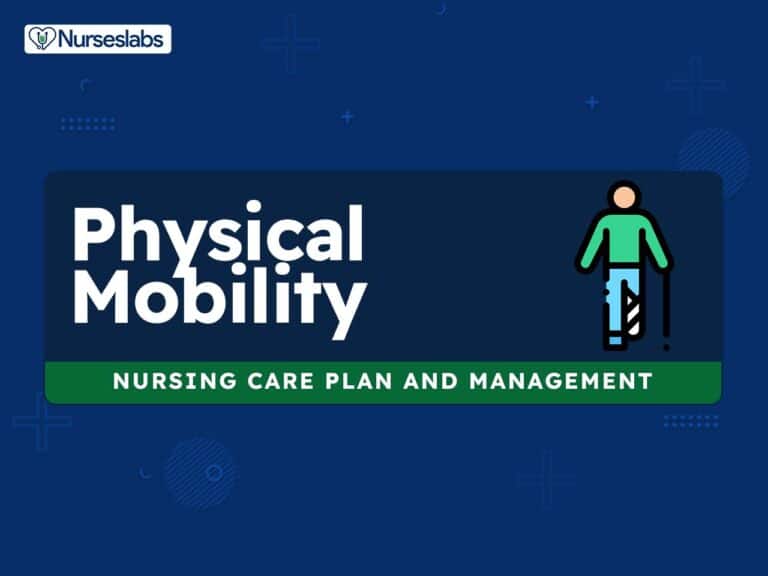
Leave a Comment